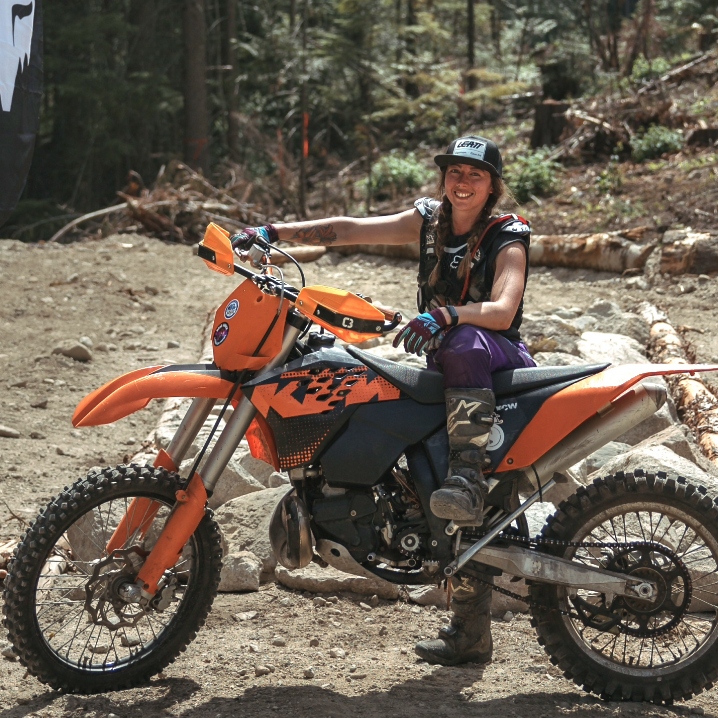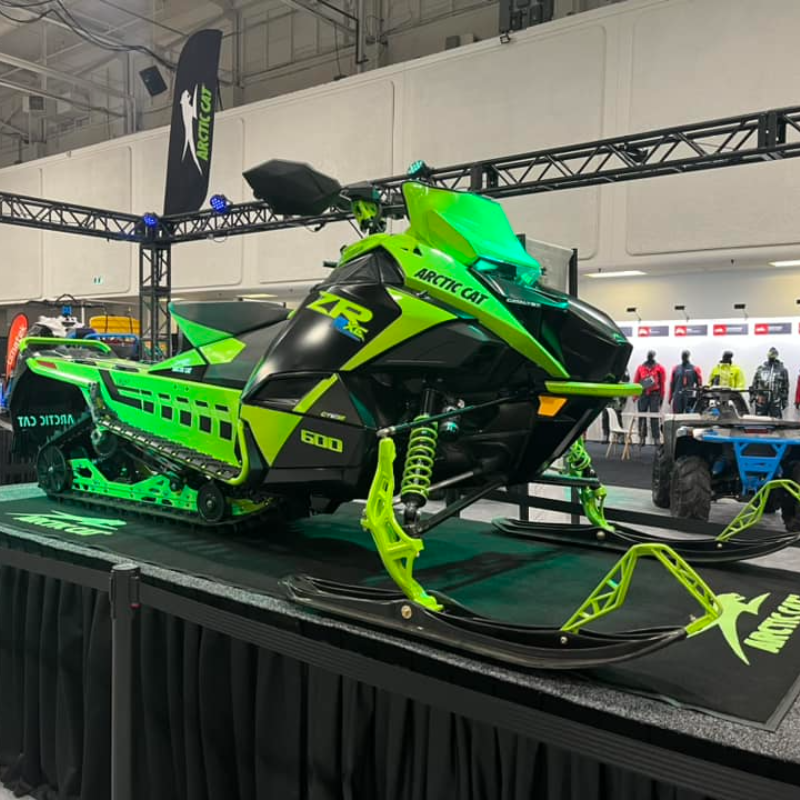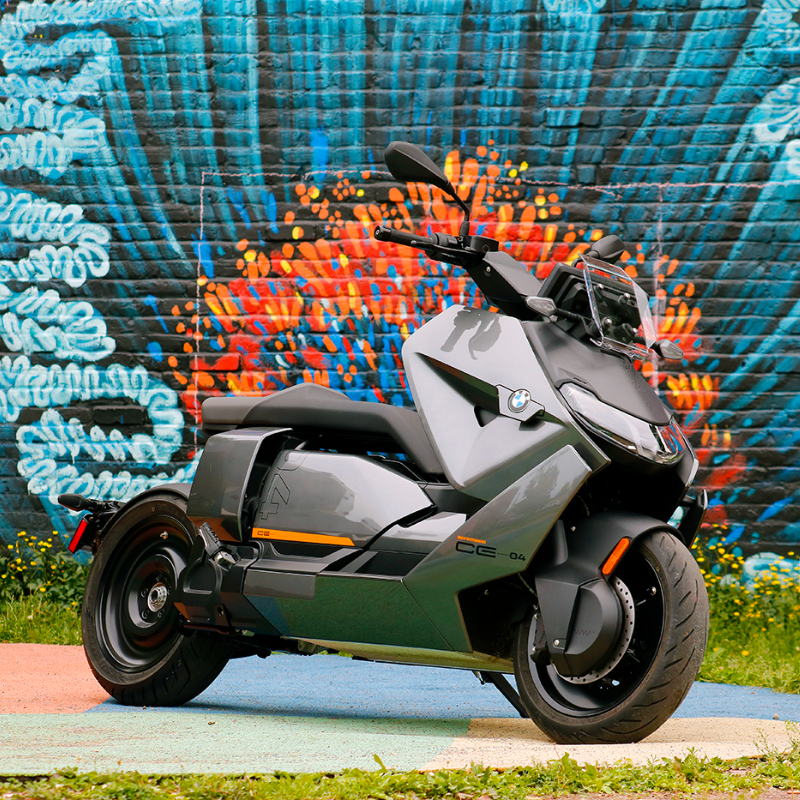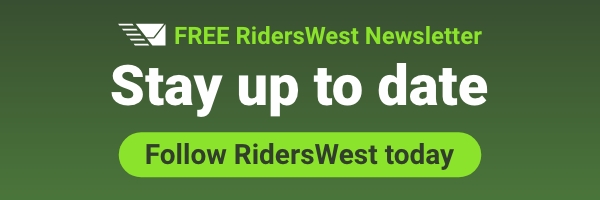The American-based Motorcycle Industry Council (MIC) publishes an excellent check list guide to buying or selling a used motorcycle. Though written for the US market, most of the principles stated here would equally apply in Canada.
SELLING A USED MOTORCYCLE
If you already own a motorcycle and have decided to buy a brand-new one from a dealership, you have several options for what to do with your old one. You could keep it, you could trade it in, or you could sell it on the used market. We would like to offer some tips on selling your used motorcycle.
Preparing your motorcycle for sale:
- Your bike will make a better “first impression” if it has been cleaned and serviced.
- Make a list of any known problems that you will not be fixing – buyers will appreciate your honesty.
- Have the title and registration documents, owner’s manual, and service records set aside for review by potential buyers.
- Set aside any extra keys and spare parts.
Basic seller’s tips for private party motor vehicle transactions:
- For privacy and security, consider meeting the buyer in a public place and not at your house, at least for the first time you meet.
- If you will be allowing a test ride, check that the buyer has a valid operator’s license, and write down the buyer’s name, address, and driver license number in case of a crash or theft.
- You should insist on cash or cashier’s check, and not accept a personal check.
- After the sale, let your insurance agent know that the vehicle has been sold.
- File a “release of liability” statement with your state’s (provincial) department of motor vehicles to indicate that you are no longer responsible for the vehicle and any injury or damage the new owner may cause with it.
SPECIAL NOTE FOR REMOTE BUYERS AND SELLERS:
If the buyer and seller live far apart (perhaps the motorcycle was listed on a global sales website such as eBay®) and won’t be meeting in-person, the parties can use an escrow service that holds the buyer’s payment until the vehicle is received and inspected by the buyer. This protects both the buyer (in case the vehicle’s condition was grossly misrepresented) and the seller (in case the buyer sent a fraudulent check or money order).
BUYING A USED MOTORCYCLE
While there’s nothing quite like the feeling of taking ownership of a sparkling, factory-fresh motorcycle from your local dealership, there are times when a second-hand bike fits the bill. You may find a great deal on a used bike at a dealership or in the hands of a private seller. But buying a motor vehicle from a private seller has its pitfalls, and we would like to share some tips. Ask the owner a lot of questions. Why are they selling it? Do they have service records? Has it been in a crash? When you go to see it, bring a friend who knows about motorcycles too, to help you objectively evaluate the bike. Better yet, arrange to bring it to a dealership for inspection if possible. It’s best to see the bike during daylight. Take a test-ride, if the seller will allow it (and only if you are licensed to ride). For your safety, at least check the tire pressure, brakes, headlight, and brake light before the ride. Wear your full complement of riding gear, even for a brief ride on a side street.
General areas to inspect: Before you start the engine
- What is the overall condition? Are there signs of a crash, such as dents in the fuel tank, or scraped or bent turn signals, levers, handlebar end-caps, footrests, mufflers, or fairings?
- Are the tires aged or worn, or worn more on one side?
- Are the brake pads worn past the limit line?
- Are the handlebars hard to turn? Or do they have excessive free-play?
- Do all the lights and switches work? Are the battery terminals clean?
- Are the oil, brake fluid (check front and rear reservoirs), and coolant reservoirs full? Are all the fluids clean?
- Is the drive chain dry, rusty, or worn out? Are front or rear sprocket teeth worn to a point or hooked? When you start the engine is it difficult to start?
- Are there any unusual engine noises or rattling?
- Does the engine quickly return to idle when the throttle is released?
- Is the exhaust smoky? (Applies to four-stroke models only)
During the test-ride
- Does the engine stall, hesitate, or backfire?
- Does the clutch slip? Does the transmission (gearshift lever) operate smoothly?
- Do the brakes slip or grab? (Note that brake squeal does not always indicate a mechanical problem)
- Does the bike pull to one side? (This may indicate wheel misalignment or a bent frame) After the test-ride are there any oil or coolant leaks?
Basic buyer’s tips for private party motor vehicle transactions:
- Make sure the motorcycle will be covered by insurance in the event you buy it and will be riding it home.
- Be careful if bringing cash, especially if going alone.
- Confirm that the seller has the title and current registration. If the registration is not current, you may be responsible for additional fees.
- If you are leaving a deposit and will pick the bike up later, request a receipt with the VIN, purchase price, amount of deposit, date of pickup, and a note stating if the deposit is refundable or non-refundable.
- If the seller makes any promises regarding the condition of the bike, or will be providing any spare keys, spare parts, or service records at a later date, get such promises in writing. Otherwise, the sale is generally regarded as an “as is” sale and the seller is not responsible for the condition of the bike once you take possession.
- Upon purchase, make sure you receive the signed title, current registration, keys, toolkit, owner’s manual, and any other documents, parts or accessories agreed to.
- If this will be your first motorcycle, we strongly urge you to take a formal novice rider training course such as the Motorcycle Safety Foundation’s Basic Rider Course.
Critical items to check:
- Tire wear and age
- Brake pads
- Controls and connections
- Oil
- Brake fluid
- Drive chain
Source: Motorcycle Industry Council 2015








Comments